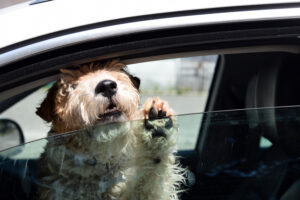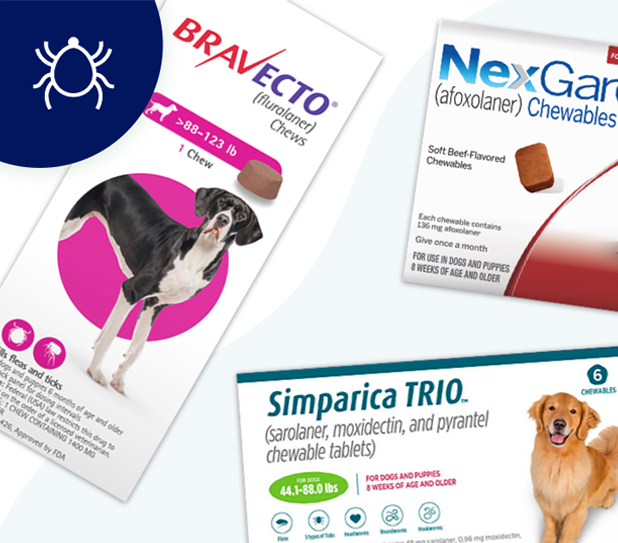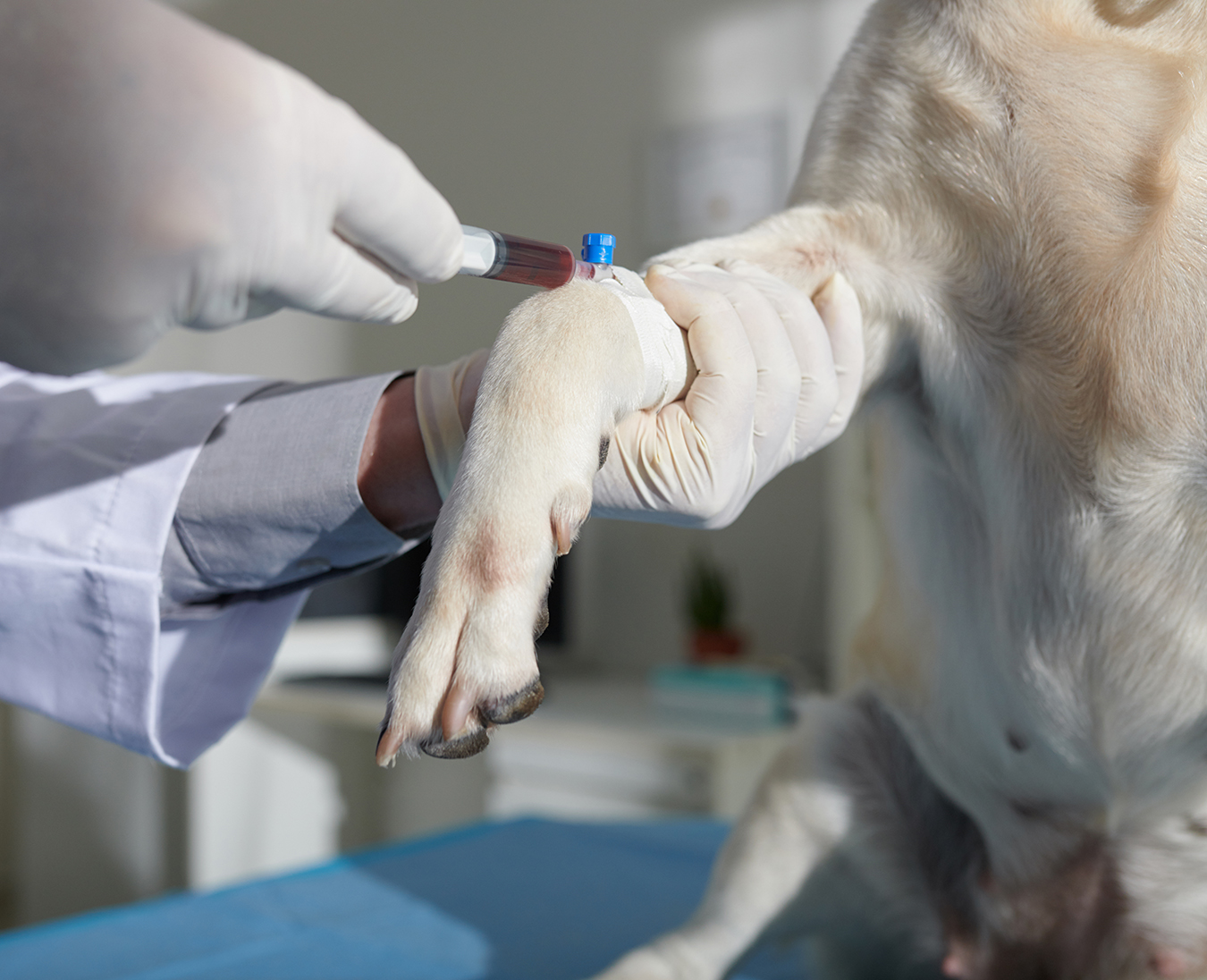How to Keep Your Pets Cool in Extreme Heat
As extreme temperatures hit the Midwest this summer, keeping a close eye on the health of your pets is a top priority. AMCMA and HSMO share the below safety tips to make sure your pets are never in danger.
Never leave a pet unattended in a parked car when the temperature is near or above 70 degrees.
The temperature inside a car can soar past 100 degrees very quickly and temperatures above 110 degrees can be fatal in minutes.
Act immediately if you see a distressed animal in an unattended car.
Call the local police and the Humane Society of Missouri’s Animal Cruelty Hotline at
314.647.4400. A pet showing signs of distress such as heavy panting, unresponsive behavior, seizure or collapse needs IMMEDIATE attention.
Apply cool water to your pet’s extremities if they show signs of heat exhaustion.
If your pet is displaying symptoms, place a cool, wet towel around their neck or pour cool water over their body, especially the abdomen and between the hind legs. Schedule an appointment with your veterinarian as soon as possible.
Make sure outdoor pets always have access to shade and fresh clean water.
Do not use bowls made of metal as they will become extremely hot if left out in the sun. Take frequent water breaks if walking or jogging with your dog. If you leave your pet outdoors for an extended period, check to make sure they will have shaded areas all day. Asphalt and concrete heat up quickly. If it’s too hot to keep your hand on the pavement for 10 seconds, it is too hot for a dog’s paws.
Keep pets inside when temperatures exceed 90 degrees.
There will be days when the temperature skyrockets and it becomes too hot for pets to remain outside. Bring them indoors and keep them in a safe and secure place such as the basement, especially if your home is not air conditioned. Rising temperatures inside the home can be just as deadly as the outdoor heat.
Groom your pet regularly.
A pet’s coat is designed by nature to keep them cool during the summer. Consider taking your pet to a groomer for a trim or regularly brush their fur to remove any excess hair. However, do not shave your pet without first consulting a veterinarian, as this may result in overexposure to the sun and cause sunburn or other serious side effects.
What to look for
Heat Stroke Signs:
🐾 Excessive, rapid, or noisy panting
🐾 Bright red tongue and gums
🐾 Drooling more than usual
🐾 Restlessness or signs of distress
🐾 Vomiting or diarrhea (sometimes with blood)
🐾 Glassy eyes or confusion
🐾 Seizures or loss of consciousness
🐾 Dry or sticky gums and tongue (should normally be moist)
🐾 Loss of skin elasticity (gently lift the skin on the back on the neck or shoulders – it should snap back quickly not stay “tented”)
🐾 Reduced appetite or refusal to drink
🐾 Dark yellow urine or very little urine
🐾 Collapse or extreme weakness
🐾 Shock symptoms (cold extremities, pale gums)
Questions? Contact your veterinarian!





